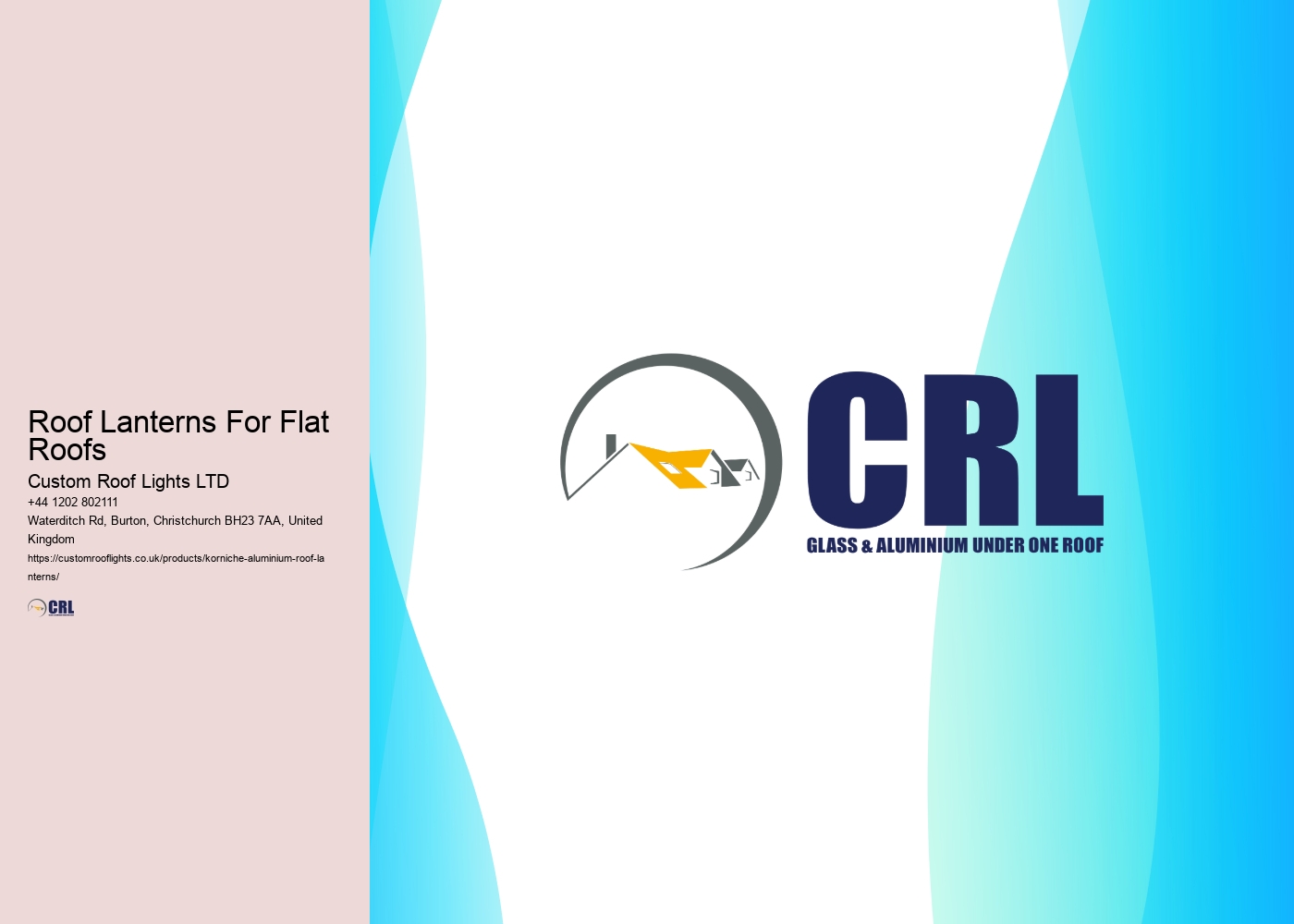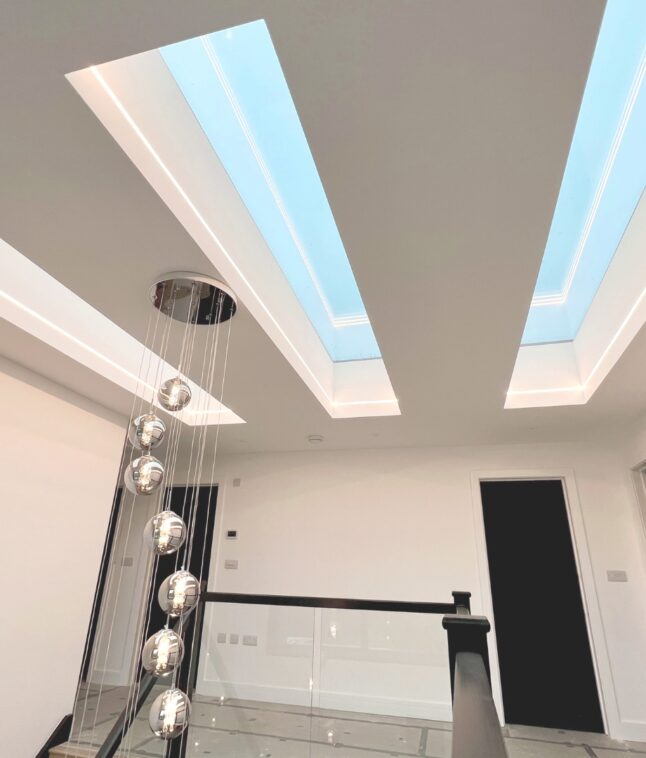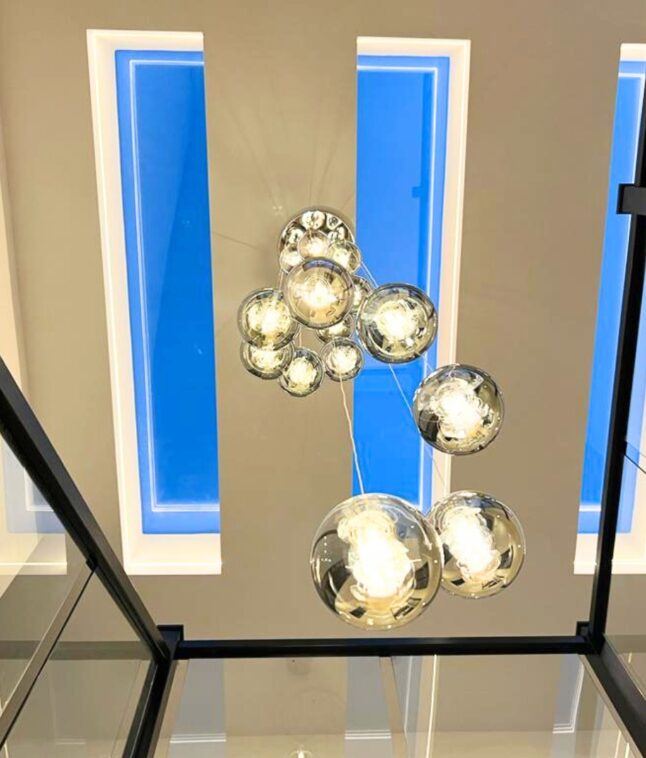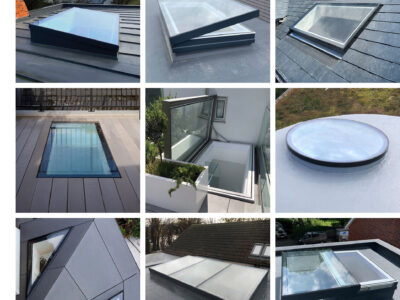

Roof lanterns have emerged as a significant architectural element in modern home design, marrying aesthetic appeal with functional advantages.
These structures not only enhance the influx of natural light into living spaces but also provide unique ventilation solutions, contributing to overall indoor comfort. With a variety of styles and materials available, homeowners can choose lanterns that complement their specific design vision.
However, the selection process involves more than just visual appeal; understanding the installation and maintenance requirements is essential. Exploring these aspects can reveal how roof lanterns transform spaces into harmonious environments.
Roof lanterns have emerged as a popular architectural feature in modern homes, enhancing both aesthetics and functionality. These structures are fundamentally skylights that extend above the roofline, typically composed of glass panels framed in wood or metal.
They serve to illuminate interior spaces while providing a unique design element that elevates the overall architectural appeal. Roof lanterns can vary in shape, size, and style, allowing for customization that aligns with the specific design ethos of a home.
Often installed in areas such as living rooms, kitchens, or stairwells, they facilitate an influx of natural light, creating a more inviting atmosphere. The integration of roof lanterns represents a harmonious blend of form and function in contemporary residential architecture.
A plethora of benefits accompany the installation of roof lanterns in modern homes, making them an advantageous choice for homeowners. To begin with, they remarkably enhance natural light, creating brighter, more inviting spaces while reducing reliance on artificial lighting.
This influx of sunlight also fosters a sense of connection with the outdoors, promoting well-being. Additionally, roof lanterns can improve ventilation, allowing warm air to escape and maintaining a comfortable indoor climate. Their elegant design adds an aesthetic appeal, elevating the overall architectural style of a home.
Furthermore, roof lanterns can increase property value, offering potential buyers a unique feature. Finally, they are versatile, suitable for various applications, including extensions, kitchens, and living rooms, seamlessly blending functionality with beauty.

Incorporating roof lanterns into modern home designs can greatly influence the overall aesthetic and functionality of a space. These architectural features seamlessly blend with various design styles, enhancing both light and spatial perception.
For minimalist homes, lanterns can serve as striking focal points, emphasizing clean lines and open spaces. In contemporary designs, they provide a sophisticated touch, complementing large glass facades and innovative layouts. Traditional homes can benefit from lanterns that feature classic details, maintaining the charm while introducing a modern twist.
Additionally, industrial-style homes can incorporate metal-framed lanterns, adding an edgy contrast to softer elements. Ultimately, roof lanterns are versatile, making them suitable for diverse modern design styles while promoting an airy and inviting atmosphere.
When selecting materials for roof lanterns, considerations about durability, aesthetics, and energy efficiency play an essential role in their overall performance and appeal. Common materials include aluminum, timber, and uPVC, each offering distinct advantages.
Aluminum is favored for its strength and lightweight properties, while also providing a sleek, modern appearance. Timber, on the other hand, brings warmth and natural beauty, though it requires regular maintenance to withstand environmental elements.
uPVC is a cost-effective option, known for its excellent insulation and low upkeep, making it ideal for energy efficiency. The choice of glazing also greatly impacts performance; double or triple glazing enhances thermal insulation and reduces noise, ensuring that roof lanterns not only look stunning but function effectively in modern homes.

Although roof lanterns can dramatically enhance the aesthetic and functionality of a home, proper installation is essential to guarantee their effectiveness and longevity. Prior to installation, it is important to assess the structural integrity of the roof and confirm it can support the additional weight of the lantern.
A professional installer should be consulted to determine the appropriate size and placement, taking into account factors such as sunlight exposure and potential weather-related impacts. Additionally, proper sealing and waterproofing techniques must be employed to prevent leakage and heat loss.
Finally, compliance with local building regulations and obtaining necessary permits is critical to ensure a safe and successful installation. By adhering to these considerations, homeowners can enjoy the full benefits of their roof lanterns.
Proper installation sets the foundation for the longevity of roof lanterns, but ongoing maintenance is equally important to preserve their functionality and appearance. Regular cleaning is essential; use a soft cloth and a gentle glass cleaner to remove dirt and grime, guaranteeing the glass remains clear and inviting.
Inspect the seals and frames periodically for any signs of wear or damage, addressing issues promptly to prevent leaks. Additionally, check for debris accumulation around the lantern, which can obstruct drainage and promote mold growth.
If your roof lantern features moving parts, such as vents, lubricate them periodically to guarantee smooth operation. Finally, consider an annual professional inspection to maintain ideal performance and prolong the lifespan of your roof lantern.

When considering the installation of roof lanterns, it is essential to be aware of relevant building regulations. These regulations often address structural integrity, fire safety, and energy efficiency. Additionally, planning permission may be required, particularly for larger installations or those in conservation areas. Consulting local building codes and potentially engaging with a professional architect or contractor can guarantee compliance and facilitate a seamless installation process while enhancing the overall aesthetic of the property.
Roof lanterns can be installed on various types of roofs, including flat, pitched, and vaulted designs. However, the installation process may differ based on the roof's structure and materials. It is essential to guarantee proper waterproofing and structural integrity to prevent leaks and damage. Consulting with a professional installer is recommended to assess compatibility and to achieve ideal results that enhance both aesthetics and functionality of the space beneath the lantern.
Yes, roof lanterns can considerably improve energy efficiency in your home. By allowing natural light to penetrate deeper into living spaces, they reduce reliance on artificial lighting, thereby lowering electricity consumption. Additionally, modern roof lanterns are often designed with energy-efficient glazing, which helps regulate indoor temperatures, minimizing the need for heating and cooling systems. This combination contributes to a more sustainable living environment and can lead to cost savings on energy bills over time.